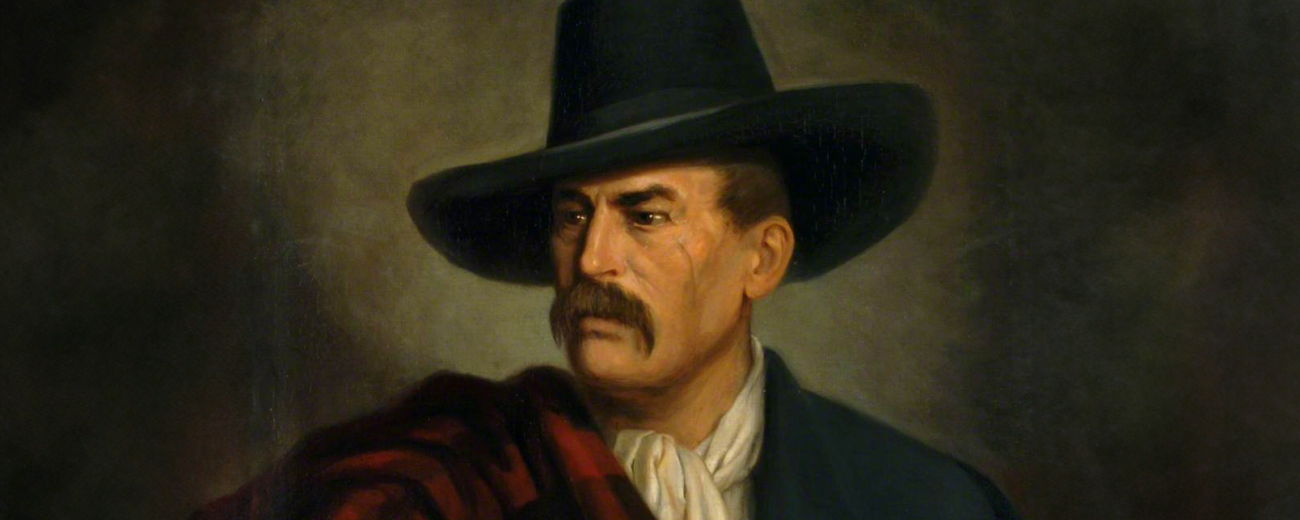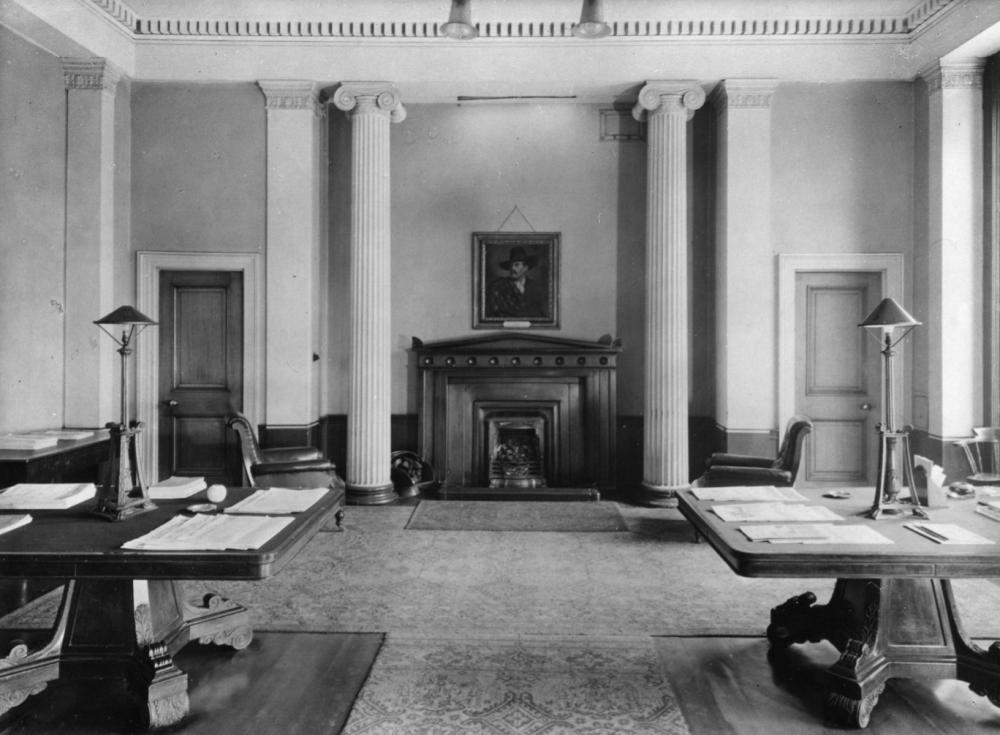What do you see in this painting of Sir Richard Burton? Adventurer or Orientalist?


Maria Rollo from the SOAS Gallery introduces a painting of Sir Richard Burton and explores how museums should deal with his legacy of exploration, discovery, and controversy.
This portrait of Sir Richard Burton (1821- 1890), a British explorer, scholar, and writer, is being displayed in the Foyle Gallery of the SOAS Gallery. A prolific writer and translator of travel and ethnography, he translated and printed the Kama Sutra and The Perfumed Garden and published an edition of the Arabian Nights.
The Encyclopaedia Britannica, 1911, states that “Burton was the first Englishman to enter Mecca, the first to explore Somaliland, the first to discover the great lakes of Central Africa.” Joining the Army of the East India Company at an early stage in his career gave Burton opportunities to study the life and language of different cultures. He also spoke up to twenty-nine languages.
Burton travelled in disguise as a pilgrim and entered the holy cities of Mecca and Medina...This made him a household name and celebrity.
In the portrait, he strikes a pose in the vein of a hero adventurer, portraying a figure of dazzling charm and vanity. The prominent scar also highlights his daring exploits and adventures. The moustache is a proud symbol of masculinity and authority (he took exception to criticism of his military moustache at Oxford and challenged a fellow student to a duel). For another portrait, painted by Sir Frederic Leighton, now in the National Portrait Gallery, the sitter told the artist, "Don't make me look ugly, there's a good fellow."
So, who was this daring man of adventure?
In 1853, Burton, having prepared for this adventure, travelled in disguise as a pilgrim and entered the holy cities of Mecca and Medina. At this time, Europeans or non-muslims were forbidden access under penalty of death. This made him a household name and celebrity. Burton wrote: “A blunder, a hasty action, a misjudged word, a prayer or bow, not strictly the right shibboleth, and my bones would have whitened the desert sand.” In 1859, Burton was awarded the Royal Geographical Society Gold Medal for “his various exploratory enterprises, and especially for his perilous expedition with Captain J.H. Speke to the Great Lakes in Eastern Africa.”
Displaying the picture should open a debate from which we can learn.
Beyond his adventures, Burton’s personal life and views add complexity to his story. His fascination with different cultures extended to their sexual practices, a subject of great interest to Victorian society but viewed through a lens of ethnographic research. His wife, Isabel, famously burned an unpublished translation of The Scented Garden to protect his reputation after his death, even though there were already 1,500 pre-orders for the work.
Hero or imperialist?
If we display Burton’s painting, should it be in the context of a hero adventurer? Indeed, his lifelong friend, Algernon Charles Swinburne, compared him to Sir Walter Raleigh, the handsome Elizabethan explorer and adventurer who caught the eye of Elizabeth I. If you look closely at the picture, you can see the similarities with portraits of Raleigh, the infamous cloak over his shoulder, and the brimmed feathered hat – Elizabethan clothing was important - i.e. the taller the hat, the more important the wearer!
Or, by displaying this portrait, do we attempt to understand Burton’s life, address that societal values have changed, and say that we, as a society, no longer tolerate the outdated views associated with British imperialism? Change is important, and by understanding the past, we can shape our future. Burton’s views were by no means unique.
His travels were supported by the Royal Geographical Society, with colonial exploration at the forefront of advancing geographical science at that time. Many other Victorians held imperialistic views, e.g. John Ruskin, with attention now focused on his association with Turner and the Pre-Raphaelites; our attention is now drawn to subjects about art rather than his writings on race and imperialism.
Or do we see an “Orientalist” scholar? Given that he also criticised British colonial policies, Burton was a man of contradictions who, on one level, disagreed with these policies but also founded the short-lived Anthropological Society of London in the 1860s, whose contentious views and unethical stance would not be tolerated today. And what does Orientalist mean in the twenty-first century?
What do you see?
Displaying the picture should open a debate from which we can learn. Interpretation is key, and a museum should be able to interpret an object by evaluating its pros and cons and how different audiences will judge such a figure over time. Museums should engage with their visitors and should be open to listening and thinking of new ways to interpret material, even the story of a controversial figure such as Sir Richard Burton. All history is contested, it is no different for Sir Richard Burton, explorer, writer, scholar, linguist, Orientalist… what do you see? Visit this portrait within the Foyle Gallery of the SOAS Gallery.
The views and opinions expressed in SOAS Blogs are those of the individual authors.
Header image: The portrait of Sir Richard Burton by Madame Gutmansthal de Benvenuti.
About the author
Maria Rollo is the Collections and Engagement Officer at the SOAS Gallery.



